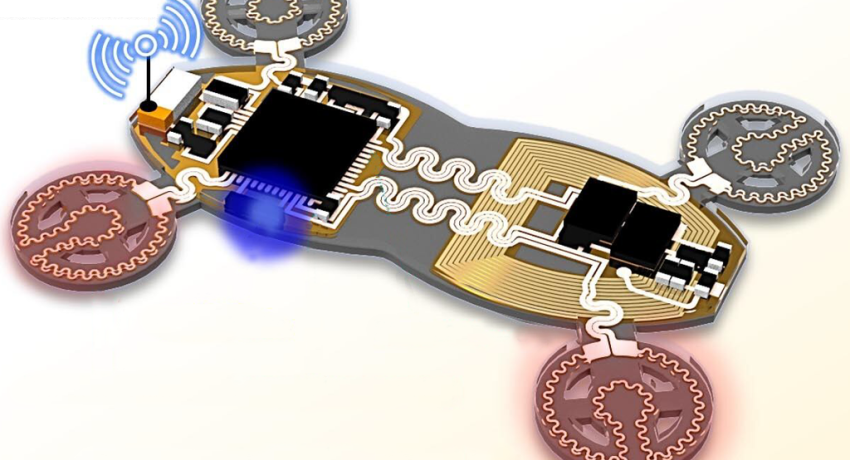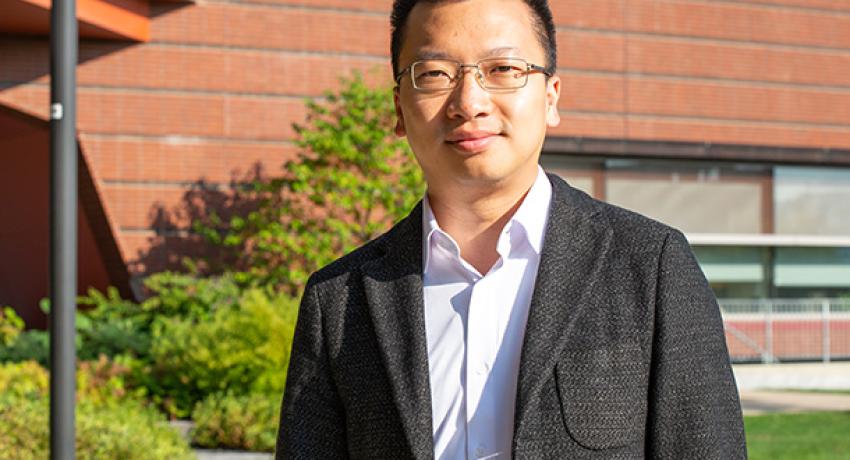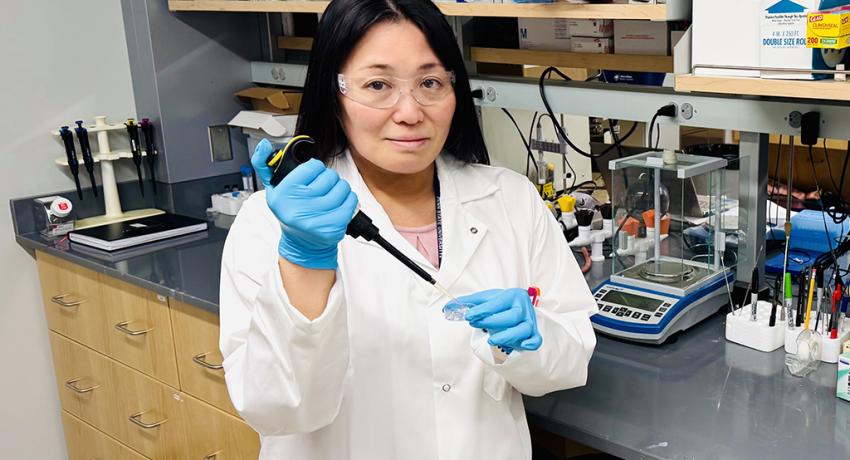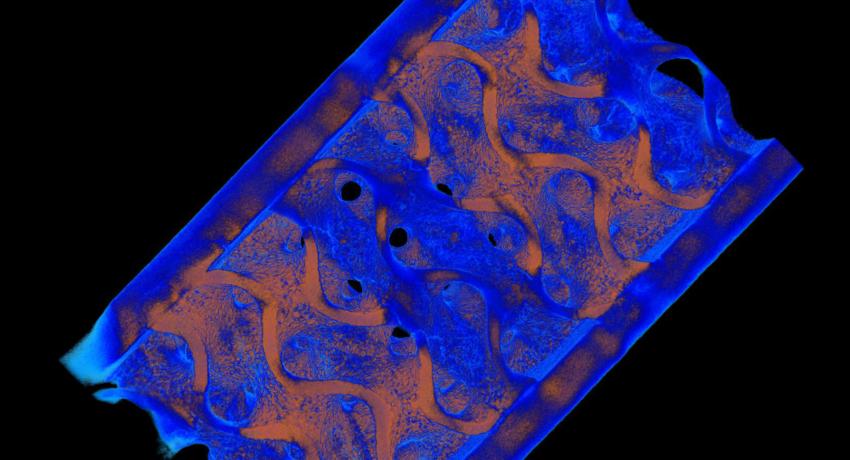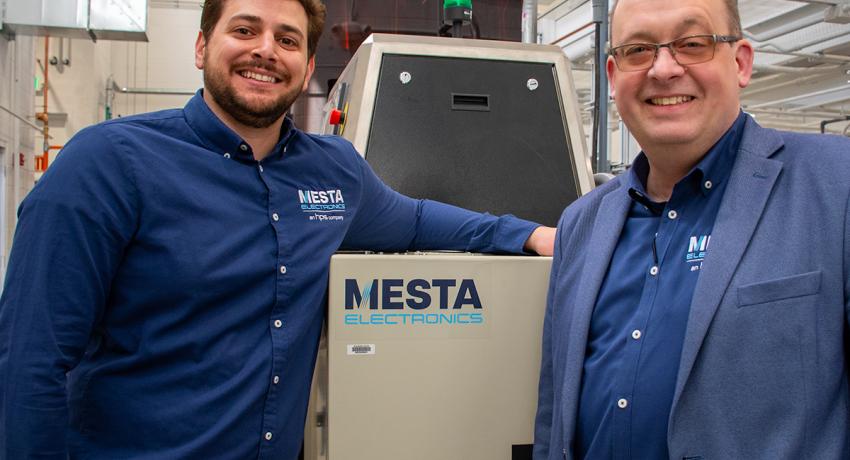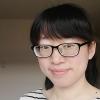Materials Research Institute announces 2025 seed grant recipients
By Jamie Oberdick
The Materials Research Institute (MRI) at Penn State has announced the recipients of the 2025 Interdisciplinary Seed Grants and Transdisciplinary Teaming Initiative awards, designed to support collaborative, high-risk research with the potential for significant societal and technological impact.


